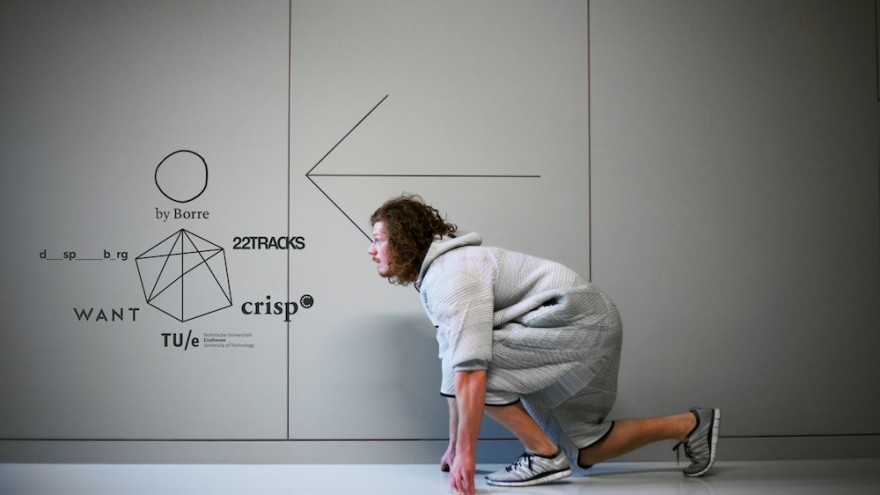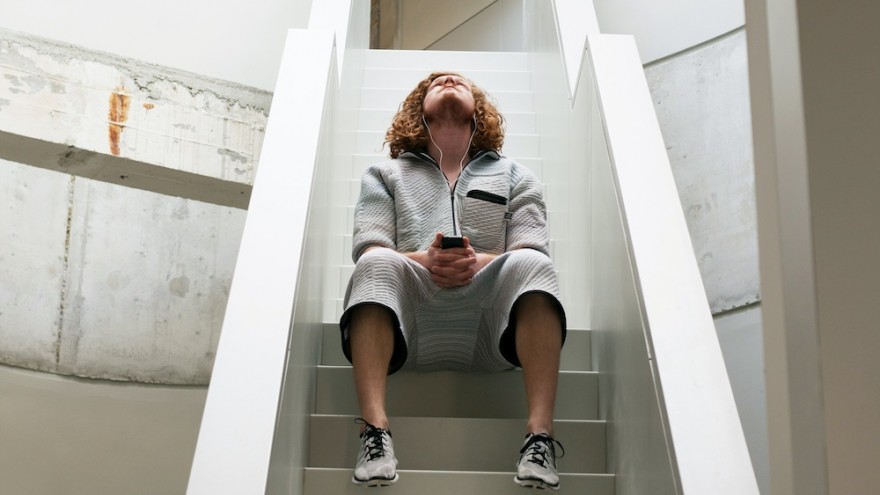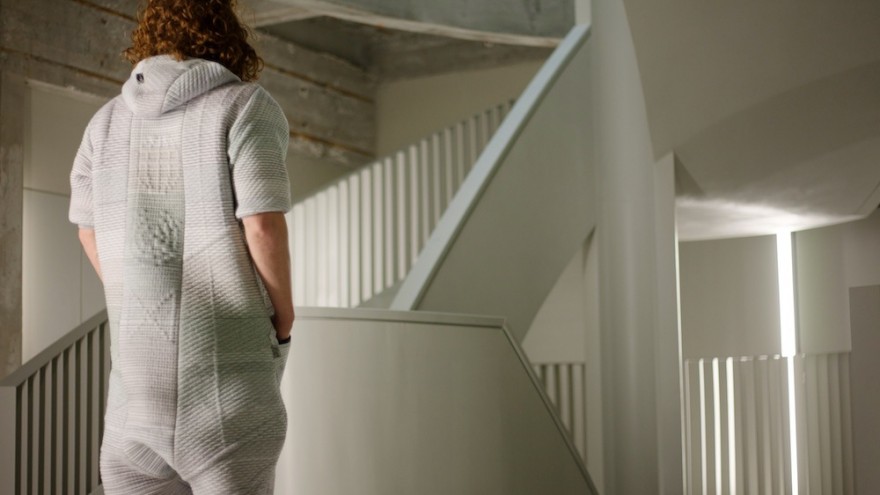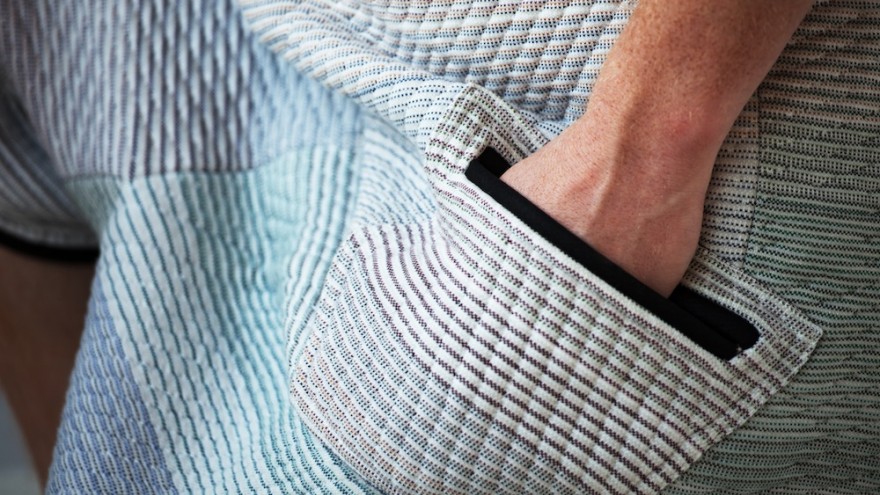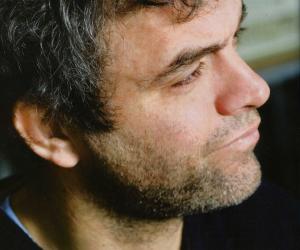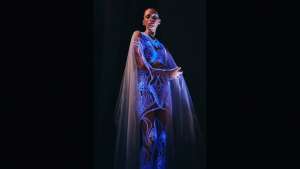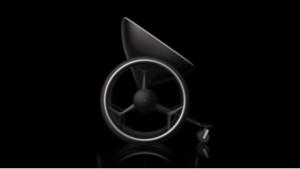In a very near future imagined by textile developer and fashion designer Borre Akkersdijk, our clothing will become a digitally connected platform, like smart phones and tablets – only wearable. The 29-year-old Dutch designer has been developing innovative 3D textiles for the past six years, in particular by adapting industrial machines for circular knitting and stitching mattresses. But it’s the fusion of textiles with technology that’s taken over his Amsterdam-based studio, byBorre.
“Why would we only use a screen for non-verbal communication? Could we use our clothing?” asks Akkersdijk. “Why would you need a screen for an app like Tinder if your reaction could be sensed by your clothing that measures your heart rate, pupil dilation or armpit sweat? Imagine how this could work for health-care contexts.”
In an electronic world, your wallet, keys and phone could be a thing of the past. “Why carry them or use a screen if you can integrate technology into your clothing so it can open doors, access your bank account or check your emails? Even if you put a chip in your body, you’ll always have to wear clothes."
Imagine if your clothing could do so much more for you than just cover your skin, Akkersdijk muses.
His latest project, the BB.Suit, takes the first steps in creating this wearable connected platform. It began as an academic collaboration to develop sensory pillows for people with dementia. Made from 3D circular knitted textiles – knitted in long tubes – this eye-catching one-piece suit has conducting yarns interwoven into specific channels in the fabric. Chips, batteries and sensors are sewn into concealed pockets. Like a smart phone, it can be personalised by its users or customised for a specific context.
Launched at this year’s SXSW festival in Austin, Texas, the first BB.Suit focussed on technology, interactivity and music. Akkersdijk wore the suit for 10 days during the festival, transforming himself into a mobile WiFi hotspot and music library. People could track his movements, connect to WiFi, upload music and listen to music – all from his suit.
“I became known as the WiFi boy,” he recalls with a laugh. “What surprised people most was that the technology was fully integrated into the suit, not just stuck on. It combines textiles and technology into something that is aesthetic. GPS and WiFi aren’t interesting in themselves but because it’s a suit, everyone sees it. It definitely got people talking and triggered them to change their mindsets. This started me thinking about creating a wearable connected platform.”
Invited later in the year to participate in Beijing Design Week, Akkersdijk evolved the suit to address one of the city’s most pressing problems: smog.
Since our clothing is in constant contact with the air that surrounds us, it creates an opportunity to clean the polluted air, he continues.
An air quality sensor measures the amount of air pollution around the body and feeds the data through WiFi. GPS enables location-based measurements and a Cold Plasma filter cleans the air to create a smog-free bubble around the wearer. Cold Plasma technology splits oxygen and water molecules into free radicals that become heavy by attracting pollution and dust, and drop to the ground.
“The filter cleans 35sqm in an enclosed environment. One person will never save the world, but imagine if 20 million people in Beijing wore this suit!” he says. The suit is not intended as a final product but the starting point of a lab around a connected wearable platform on and around the body.
This project illustrates Akkersdijk’s playful approach, which typically involves taking different existing elements out of their contexts, combining them and asking, ‘What if?’ The grey areas that result from these overlaps fascinate him most.
“So much becomes possible when you start fusing things. Accidental inspiration happens when you’re in a process of just trying things, pushing, pulling, asking people unassociated with your expertise and looking at something you’ve never looked at before. For instance, it’s expensive to have surface area in electronics whereas in textiles, it’s all about surface."
Suddenly combining the weakness of one area with the strength of another results in a new opportunity, he says.
New opportunities also arose when Akkersdijk adapted industrial machines normally used for stitching mattresses to create quilted garments.
He fine-tuned his approach while working as a trend forecaster with Li Edelkoort in Paris, first as an intern during his studies at Design Academy Eindhoven and then for two and a half years after graduation. The future is also a recurring theme in his work.
“What was interesting about working as a trend forecaster – or ‘inspirator’ as we call it – is that we used existing elements but through combining them, we created something new. It was about creating crossovers to inspire people,” he recalls. “That’s exactly what I’m doing now, but beyond inspiring people it’s also about creating a new world. I don’t see this as the future at all; I think it’s now. The more people you inspire, the more people are inspired to do something, so it becomes bigger. Is that the future? I think it is.”
Besides the BB.Suit, he’s collaborating with companies such as Nike on textile development, has reappropriated textiles for Piet Hein Eek and designs his own collections, the first of which was launched during Paris Fashion Week in 2011. Along the way, his work has picked up accolades such as the 2012 Mini Young Designer’s Award as part of the Dutch Design Awards.
Akkersdijk’s endless curiosity and enthusiasm means there’s never a dull moment. A very visual person with a strong eye for form (“I can’t remember names but I’ll remember what shoes you were wearing!”), he relishes absorbing the world around him.
“I’m intrigued by anything. When I walk in the street, I hate to say I’m always working, but I look at everything – that’s just who I am. For me it’s interesting because I can use it in my work. For others it’s not interesting, so why would they look at it? It’s logical to look at something if it helps you further, that’s what you’re open to. My focus is on creativity so I’m always open.”
The key is knowing how to look. “You can look and you can really see – they’re different things. A lot of the time you just look at something and think you saw it. Or you can look and really see the details. That’s what I try to do.” And what drives this infinite enthusiasm? “Life!” Akkersdijk says without a doubt. “It’s way too much fun.”
BB Suit is a collaboration between byBorre, Eindhoven University of Technology, Daan Spangenberg Graphics, Eva de Laat and Want.


